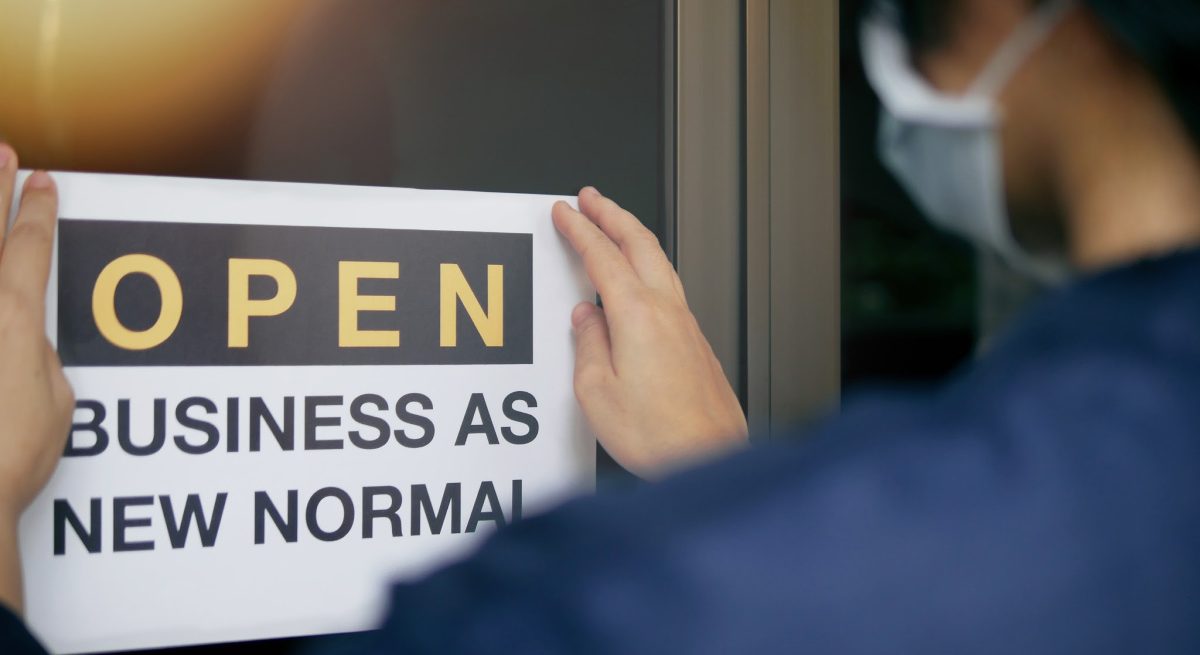Safely Reopening Restaurants in the Era of COVID-19
3 Min Read By Michael Haller
As restaurants begin the process of reopening, some with an extended period of nonoperation, there are safety precautions that must be considered beyond simply ordering supplies, rehiring staff and opening the doors. Some of these precautions are normal for any business closed for an extended period, while others are directly related to COVID-19 – with local health departments setting new enhanced safety guidelines.
First, let’s cover the basics: the precautions required without consideration to COVID-19. Depending on the length of time a business has been closed, local health departments will focus on any imminent health hazards. Imminent health hazards are conditions that pose a significant threat or danger to health and that require immediate correction. These can take the form of vermin infestations, such as live cockroaches, flies or rodents, an improperly functioning sewage system or a lack of potable water. All of which could occur during prolonged periods of non-operation. For example, most closed restaurants may not maintain regularly scheduled pest control service—providing harborage to cockroaches or rodents that thrive in dark, undisturbed recesses of a vacated food facility.
Also of concern is that important certifications may have expired, such as annual tests for a facility’s fire suppression system or expired fire extinguisher certifications. In addition, newly hired or rehired food managers and workers may not be current in their basic food handling certifications that are required in most jurisdictions.
A thorough inspection of a restaurant’s critical areas may reveal items in need of attention that could be the focus of a routine health department visit. Addressing these now will help set up for success and not a setback as business is reopened.
Once a check of the normal operational, cleaning and sanitation issues confronting a food facility has been completed, restaurants now are faced with new challenges and guidelines brought on by COVID-19. Depending on location, restaurants may encounter a patchwork of new local health department guidelines or requirements that didn’t exist pre-pandemic. Are they truly requirements or are they simply recommendations? There is a big difference as requirements come with the force of law while recommendations can simply be guidelines or suggestions. While local health department guidelines may vary, they all have these following core components that require your attention:
Develop a Written Plan
Based on workplace policies and practices to protect employee health, the plan must provide measures that address:
- Physical distancing of six feet of separation, plexiglass barriers or policy changes to your reservation systems to eliminate wait areas within the facility
- Infection control, including employee wellness checks, identifying high touch surfaces and increasing cleaning and sanitizing schedules
- Communication with employees and the public including signage alerting everyone to stay home when ill, properly wash hands frequently, wear face coverings and maintain social distancing.
Most jurisdictions – through either the local health department or public safety department – will require restaurants to post this written plan and to monitor whether or not the plan is effective.
Train Employees to the Written Plan
Not only does management need to be familiar and trained to the plan, but it is imperative that all staff are trained and execute the plan. Documentation is key here noting training dates, times and attendance. This helps ensure adherence to safety protocols that protect staff and patrons and limits liability for the owner as well.
Assess the Written Plan
Be prepared to make adjustments to the original plan to help ensure it works for your concept or to phase in and out of new requirements, based on the progress or regression of the pandemic. Expect these ebbs and flows during the pandemic. Those businesses that can be creative, pivot and adapt will emerge stronger.
Another important aspect to consider is involvement with local health departments and restaurant associations. In this period of flux between guidelines, recommendations and requirements, active involvement and participation in these organizations means having a voice in changes that can impact your business.
Restaurants were originally created for the weary traveler to be fed and restored to good health. During today’s challenging times, it will be the restaurant industry itself that will need to restore restaurants to good health by helping to ensure that the health and safety of food workers and guests are a primary focus. Whether that is through increased frequency of cleaning and sanitizing, wearing face masks or social distancing, the restoration of public confidence as seen through basic and good hygienic practices will result in operational improvements that fuel the industry’s viability for decades to come.


